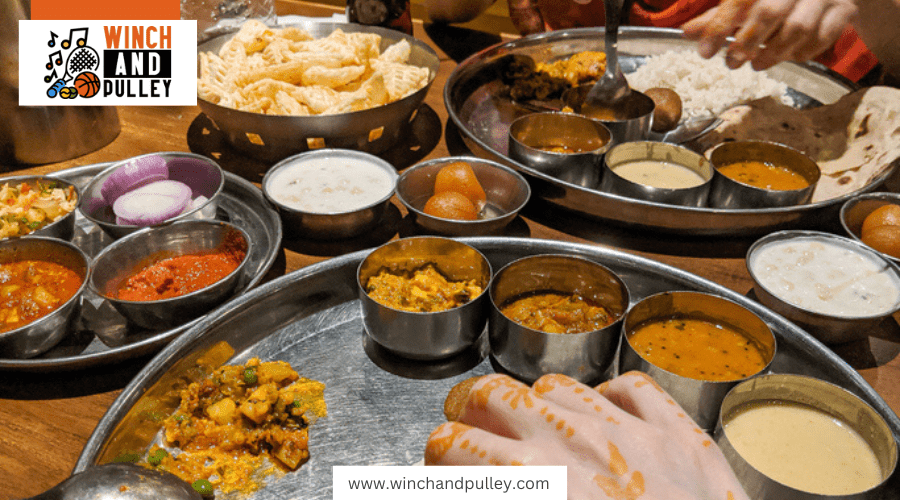The Weirdest Foods in the World

Across the world, people enjoy a variety of foods that might seem strange or unusual to outsiders. These dishes often reflect the unique cultures and traditions of the regions they come from. Join us as we take a closer look at some of the weirdest foods found around the globe, which offer a glimpse into the diverse ways people satisfy their hunger.
Balut
Balut is a popular street food in the Philippines. It consists of a fertilized duck egg that is incubated for 14 to 21 days before being boiled and eaten. The partially developed embryo, complete with feathers and bones, is consumed directly from the shell. This delicacy is often enjoyed with a pinch of salt or a splash of vinegar.
Balut has a long history in Southeast Asia, with some accounts suggesting it has been consumed for centuries. The exact origin of balut is unclear, but it is believed to have been brought to the Philippines by Chinese traders.
Today, balut is commonly sold by street vendors, particularly in the evening when people are looking for a quick and satisfying snack.
The popularity of balut extends beyond the Philippines, with variations found in Vietnam, Cambodia, and Laos. In recent years, balut has gained attention in other parts of the world as a daring food challenge on television shows and travel blogs.
Hákarl

Hákarl is a traditional Icelandic dish made from a fermented Greenland shark. The shark's meat is poisonous when fresh due to high levels of urea and trimethylamine oxide, so it must undergo a curing process to become safe to eat.
The preparation involves burying the shark in a shallow pit covered with gravel for 6 to 12 weeks, allowing it to ferment. Afterward, the meat is hung to dry for several months before it is ready to be consumed.
This dish has been a part of Icelandic cuisine for centuries, dating back to the time of the Norse settlers. Hákarl is typically served in bite-sized cubes and is known for its strong ammonia smell and acquired taste. It is often accompanied by a shot of Brennivín, a local schnapp, to help with the intense flavor.
Hákarl is traditionally eaten during the midwinter festival of Þorrablót, which celebrates Icelandic heritage.
Casu Marzu
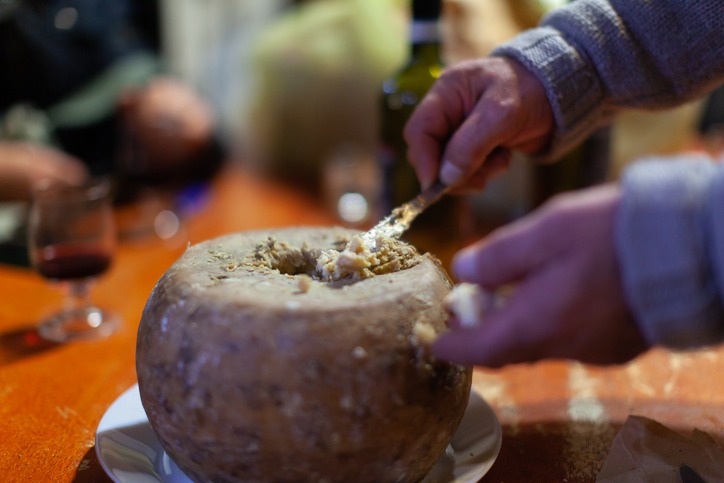
Casu Marzu is a Sardinian cheese that is famous for its unusual preparation process. Known as the "rotten cheese," it is made from sheep's milk and contains live insect larvae.
These larvae are deliberately introduced to the cheese, where they help break down the fats and create a soft, creamy texture. The larvae are typically consumed along with the cheese, though some people choose to remove them.
The production of Casu Marzu is deeply rooted in Sardinian tradition, with records of the cheese dating back hundreds of years. Despite its controversial nature, it is considered a delicacy in Sardinia and is often served during special occasions such as weddings and festivals. However, the cheese is illegal in the European Union due to health concerns, although it is still produced and consumed locally.
Casu Marzu has gained international notoriety and has been featured in various food documentaries and TV shows. Those brave enough to try it often describe the experience as one of the most unique culinary adventures in the world.
Escamoles
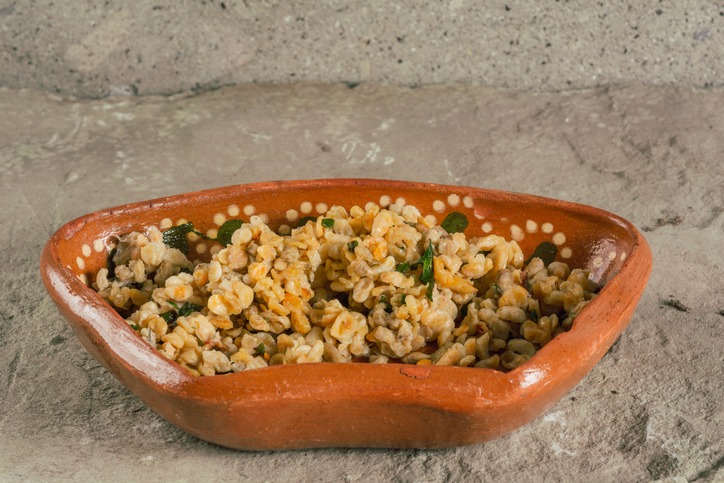
Escamoles, often referred to as "insect caviar," are the edible larvae of ants found in Mexico. This dish has been a part of Mexican cuisine since the time of the Aztecs, who considered it a delicacy. The larvae are harvested from the roots of agave and maguey plants, typically between February and April when they are most abundant.
The preparation of escamoles is simple, with the larvae usually sautéed in butter with spices such as garlic and chili.The dish has a delicate, slightly nutty flavor and is often served in tacos or as a filling for omelets. It is considered a gourmet ingredient in modern Mexican cuisine and is featured in high-end restaurants.
Escamoles have a long history in Mexican culture and are still highly prized today. The harvesting process is labor-intensive, contributing to the dish's high price and exclusivity. Despite its unusual source, escamoles continue to be enjoyed by those seeking a taste of Mexico's rich culinary heritage.
Surströmming
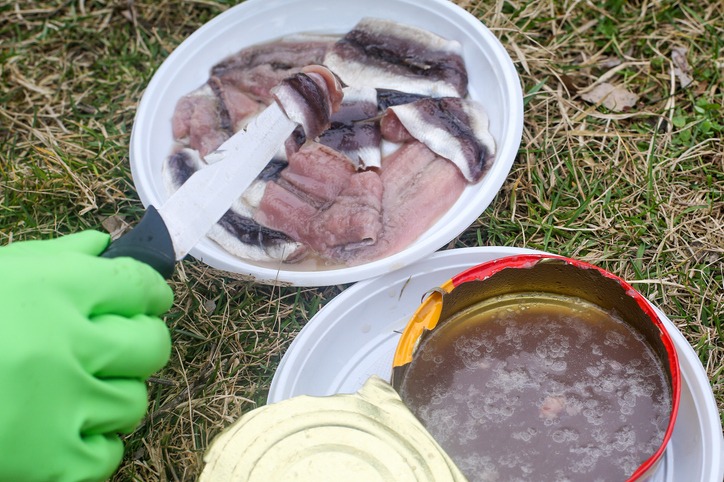
Surströmming is a traditional Swedish dish made from fermented Baltic herring. The fish is caught in the spring and then lightly salted to prevent it from rotting while still allowing it to ferment.
The fermentation process lasts several months, resulting in a strong-smelling and intensely flavored fish. The first records of surströmming date back to the 16th century, when it was used as a means to preserve fish for long periods.
Surströmming is typically eaten with thin flatbreads, boiled potatoes, and onions. It is often enjoyed during the summer, especially in the northern regions of Sweden. The dish has gained notoriety for its overpowering smell, which is so pungent that surströmming is often opened outdoors to avoid stinking up a room.
In recent years, surströmming has become a challenging food for the brave, with many videos circulating online of people attempting to eat it. Despite its strong odor, it remains a cherished part of Swedish culinary heritage.
Century Egg
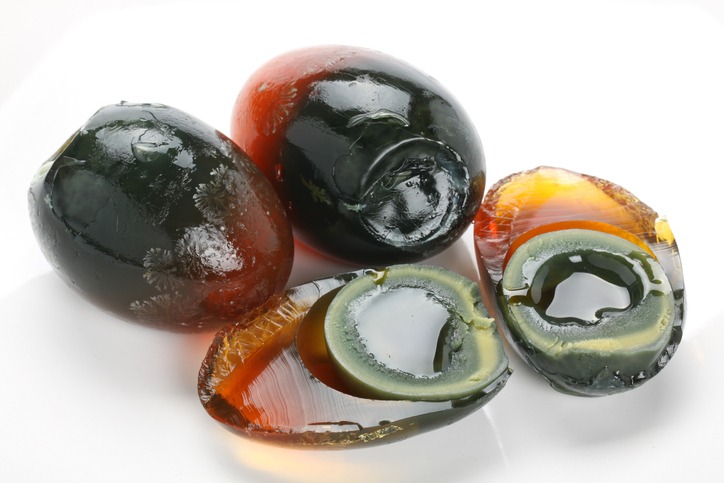
Century eggs, also known as preserved eggs, are a Chinese delicacy with a history that dates back over 600 years. These eggs are preserved in a mixture of clay, ash, salt, quicklime, and rice hulls for several weeks to months. During this time, the yolk turns dark green or gray, and the white becomes a translucent brown or black. The eggs develop a strong flavor with a creamy texture.
Century eggs are often eaten as a side dish or appetizer in China, Taiwan, and Hong Kong. They are commonly served with pickled ginger or used as an ingredient in congee, a type of rice porridge. The process of making century eggs is believed to have been discovered by accident, with historical accounts suggesting that the method was first used during the Ming Dynasty.
Though their appearance might be off-putting to some, century eggs are highly regarded in Chinese cuisine and are enjoyed for their unique taste and texture. The dish has also spread to other parts of Asia, where it remains a popular delicacy.
Sannakji
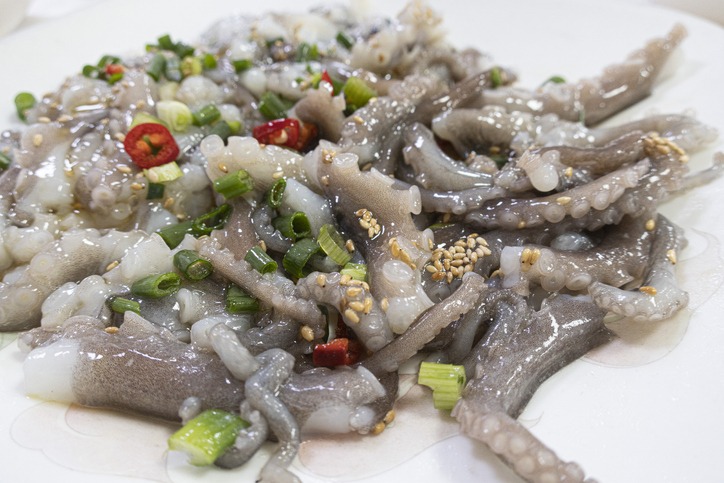
Sannakji is a Korean dish made from live octopus. The octopus is cut into small pieces and served immediately while still moving. Sannakji is seasoned with sesame oil and sometimes sprinkled with sesame seeds. The dish is known for its chewy texture and the sensation of the tentacles moving in the mouth as they are eaten.
This dish is traditionally eaten in coastal regions of Korea, where fresh seafood is abundant. Sannakji has become a popular dish in Korean cuisine, particularly in seafood markets and restaurants that specialize in raw seafood.
The experience of eating sannakji is considered a test of bravery and skill, as the suction cups on the tentacles can cling to the mouth and throat.
Despite its unusual presentation, sannakji is a delicacy that many Koreans and adventurous eaters enjoy. The dish has gained international attention, and it has been featured in various food shows and travel documentaries.
Huitlacoche
Huitlacoche, also known as corn smut, is a fungus that grows on the ears of corn. This ingredient has been a part of Mexican cuisine for centuries, with the Aztecs referring to it as "Mexican truffle." The fungus infects the kernels of corn, causing them to swell and turn black or gray. Once harvested, huitlacoche is cooked and used in a variety of dishes.
Huitlacoche is prized for its earthy flavor, which is often compared to mushrooms or truffles. It is commonly used as a filling for quesadillas, tamales, and soups. The fungus has a rich history in Mexico, where it has been celebrated for its unique taste and nutritional value.
In recent years, huitlacoche has gained popularity outside of Mexico, with chefs incorporating it into modern dishes in high-end restaurants.
Escargot de Bourgogne
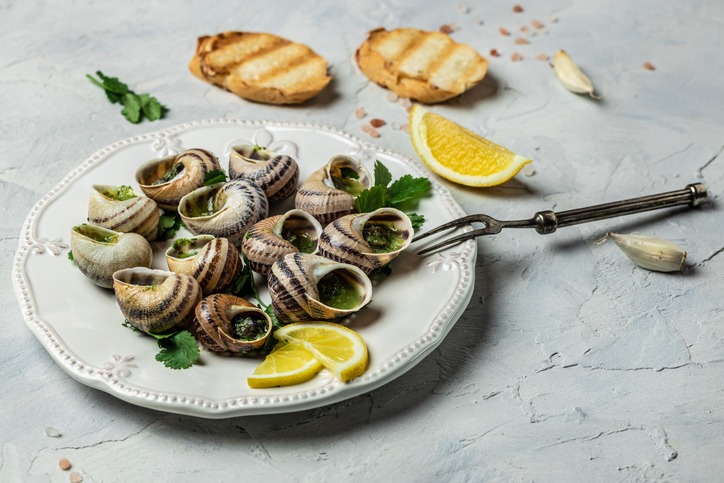
Escargot de Bourgogne, or Burgundy snails, are a traditional French delicacy made from land snails that are typically farmed in the Burgundy region. The snails are prepared by removing them from their shells, cooking them in a mixture of garlic, parsley, and butter, and then placing them back into the shells for serving.
The consumption of snails in France dates back to Roman times, but it was during the 19th century that escargot became a symbol of French gastronomy. The dish is usually served as an appetizer, often accompanied by a glass of white wine from the same region.
Kiviak
Kiviak is a traditional Inuit dish from Greenland, made by fermenting small seabirds known as auks inside a seal skin. The preparation involves placing up to 500 auks into the hollowed-out body of a seal, which is then sewn shut and sealed with grease.
The seal is then buried under a pile of rocks to ferment for several months, typically during the long Arctic winter. This process preserves the birds, which are eaten raw during special occasions like birthdays or weddings.
Kiviak has been a part of Inuit culture for centuries, providing a crucial source of nutrition during harsh winters when fresh food is scarce. The fermentation process gives the birds a strong, gamey flavor that is an acquired taste.
Conclusion
The world is full of diverse and unusual foods that reflect the rich cultural traditions of the people who enjoy them. While some of these dishes might seem strange to outsiders, they offer a peek into the creativity and resourcefulness that define different cuisines. Exploring these unique foods allows us to appreciate the vast array of culinary experiences that the world has to offer.


